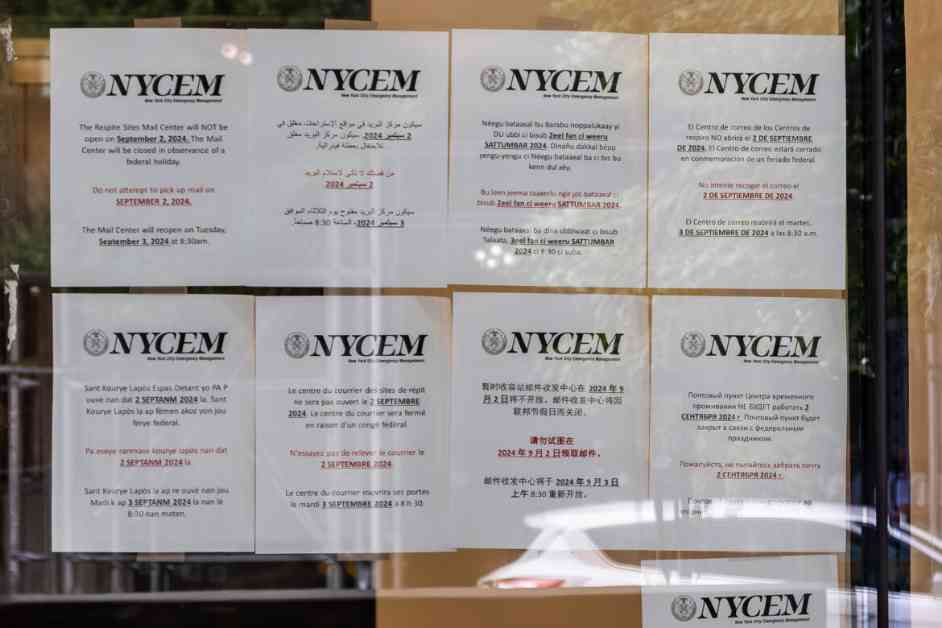The number of people sleeping in the city’s Department of Homeless Services (DHS) shelter system has skyrocketed in the past two years, with a 30 percent increase from last year and an 89 percent increase compared to the end of the 2022 fiscal year.
New data included in the latest Mayor’s management report released this week show that there were 86,000 people in DHS shelters during the fiscal year ending in June. The increase is mainly due to the arrival of over 210,000 immigrants and asylum seekers in the city in the past two years, with tens of thousands of them staying in DHS shelters and emergency shelters managed by other city agencies, though with time limits on their stays.
Asylum seekers alone represent 37 percent of the DHS shelter population, most of whom are families with children, while also accounting for the majority of the growth, 79 percent, since 2022, according to the report data.
As the DHS shelter system has grown, more people are seeking translators. Over the past five fiscal years, completed requests for phone translation services with the city’s language translation assistance line or with an on-site interpreter have increased more than five times in the DHS shelter system, jumping from 18,660 in 2020 to 107,083 in 2024.
Advocates say capturing the total demand for this service is complicated because there are many parties involved, such as small and large organizations providing access to interpretation services using DHS resources or on their own.
The DHS explained that people in their shelters have access to on-site interpreters, bilingual staff, and a language translation assistance hotline that provides phone services.
Despite the increase in service requests and the growing number of shelters in operation, a DHS spokesperson said the agency has not seen an increase in wait times to access translation services.
Kathryn Kliff, an attorney at the Legal Aid Society, explained that when people contact them for help, it’s because they didn’t have access to an interpreter at all, not because they had to wait.
The DHS did not provide information on which languages have been most requested for translation in shelters.
But advocates and shelter residents have complained about language barriers and lack of access to interpreters in shelters for those who speak languages other than English and Spanish, with the arrival of more immigrants from Africa in the past year, especially from the west of the continent.
During a Council hearing in the spring, hundreds of people protested language barriers and the lack of employment programs and training opportunities for those who speak languages like Arabic, French, Pulaar, and Wolof.
While there are options for verbal communication, when it comes to written material such as letters or notices, the city is only legally required – under Local Law 30 – to translate information into the 10 most common languages in the five boroughs, in addition to English.
“As Local Law 30 does not cover many of the linguistic needs our clients face, they are not mandated in the same way to provide those documents,” explains Kliff.
“This is really an unmet need,” said Kliff. “There is a need for additional resources for clients who speak these other languages.”


